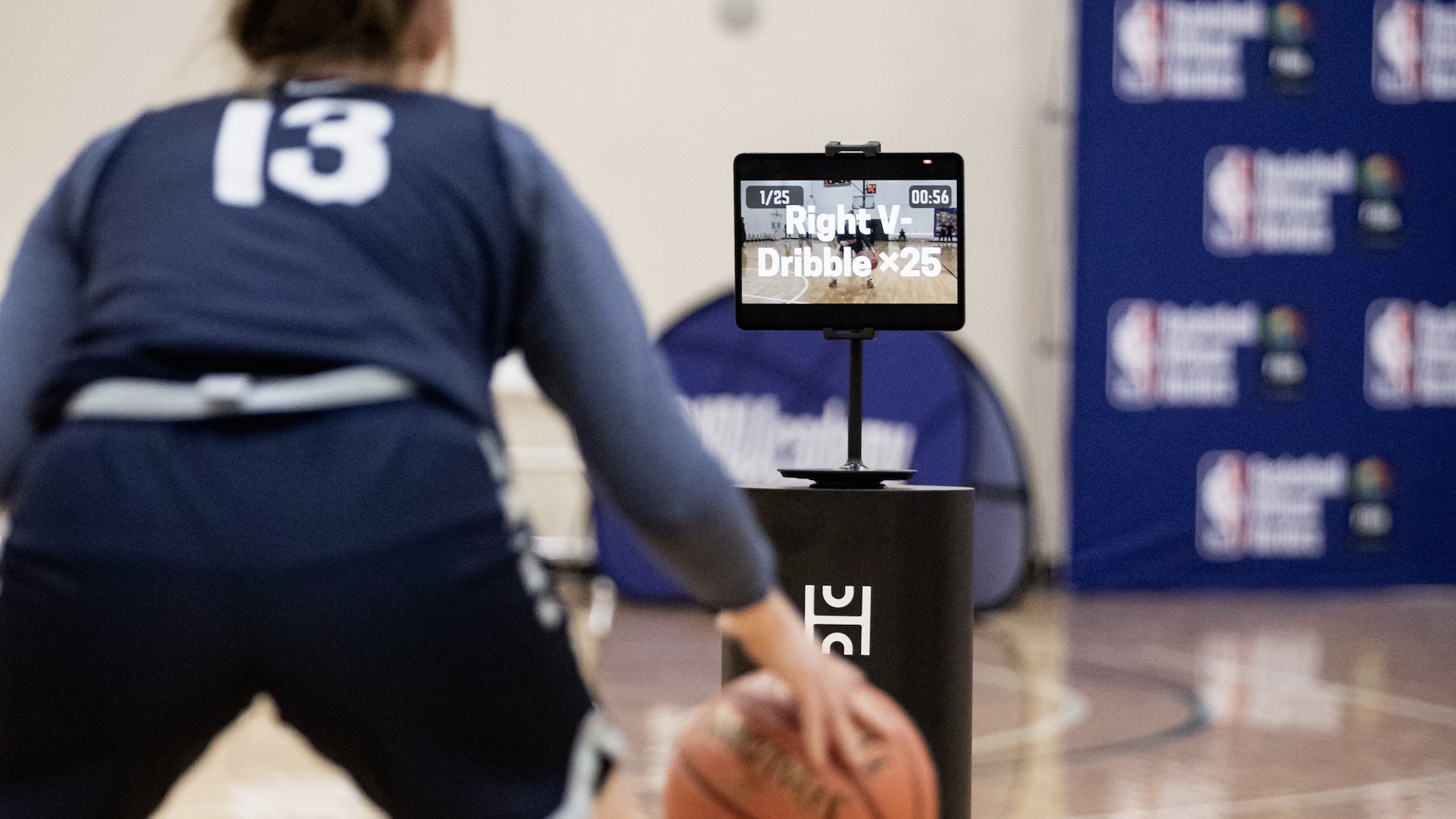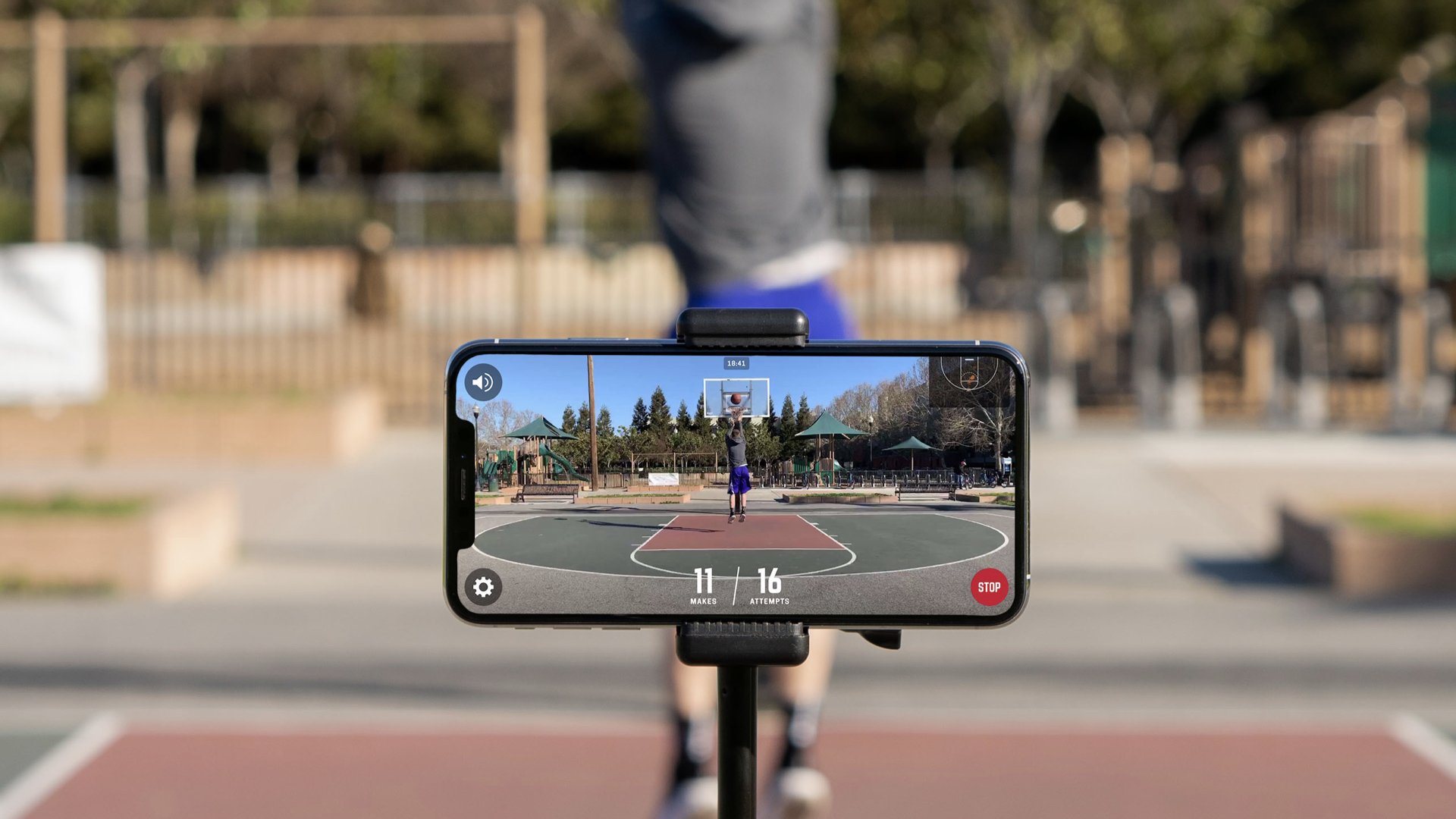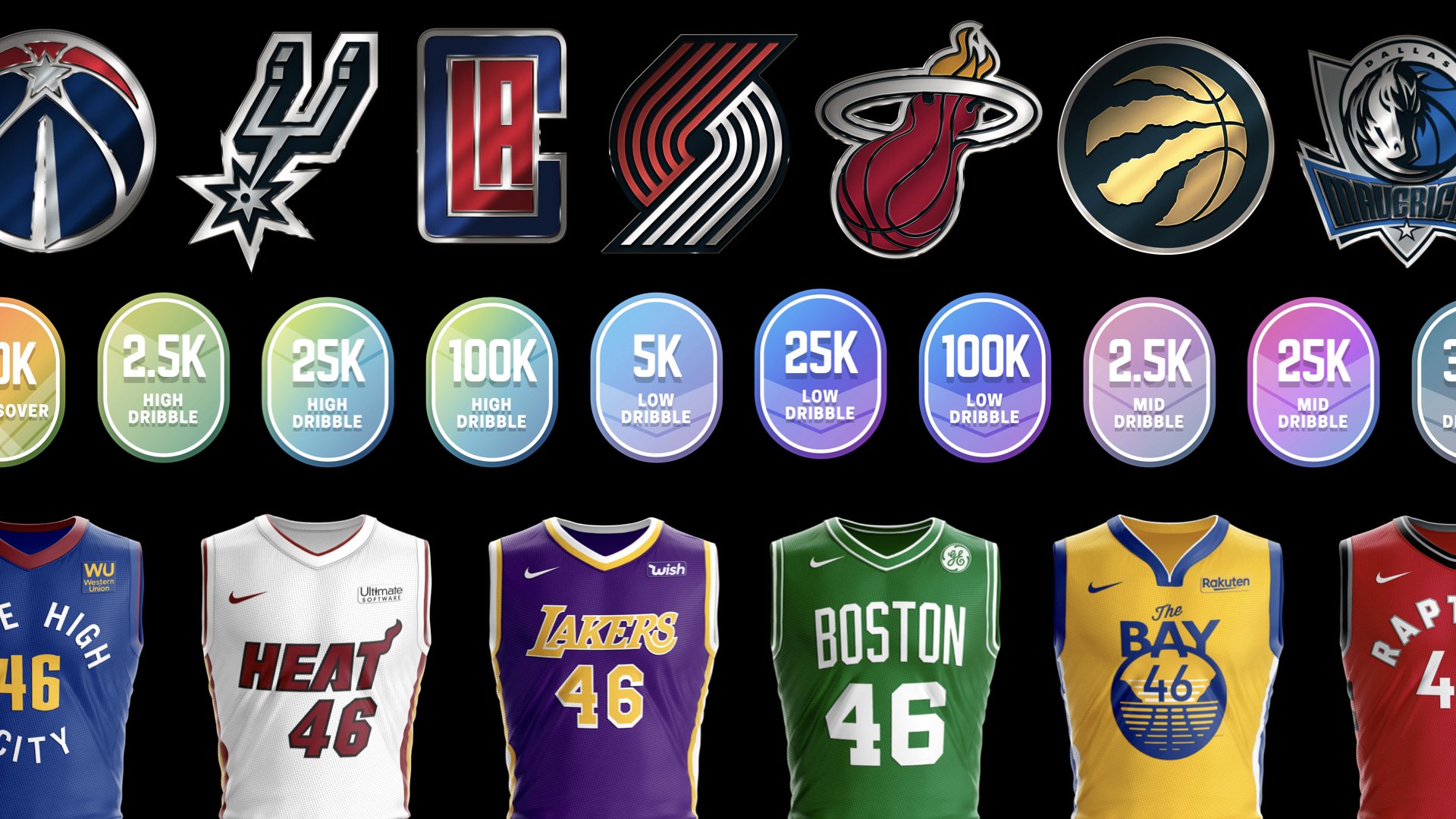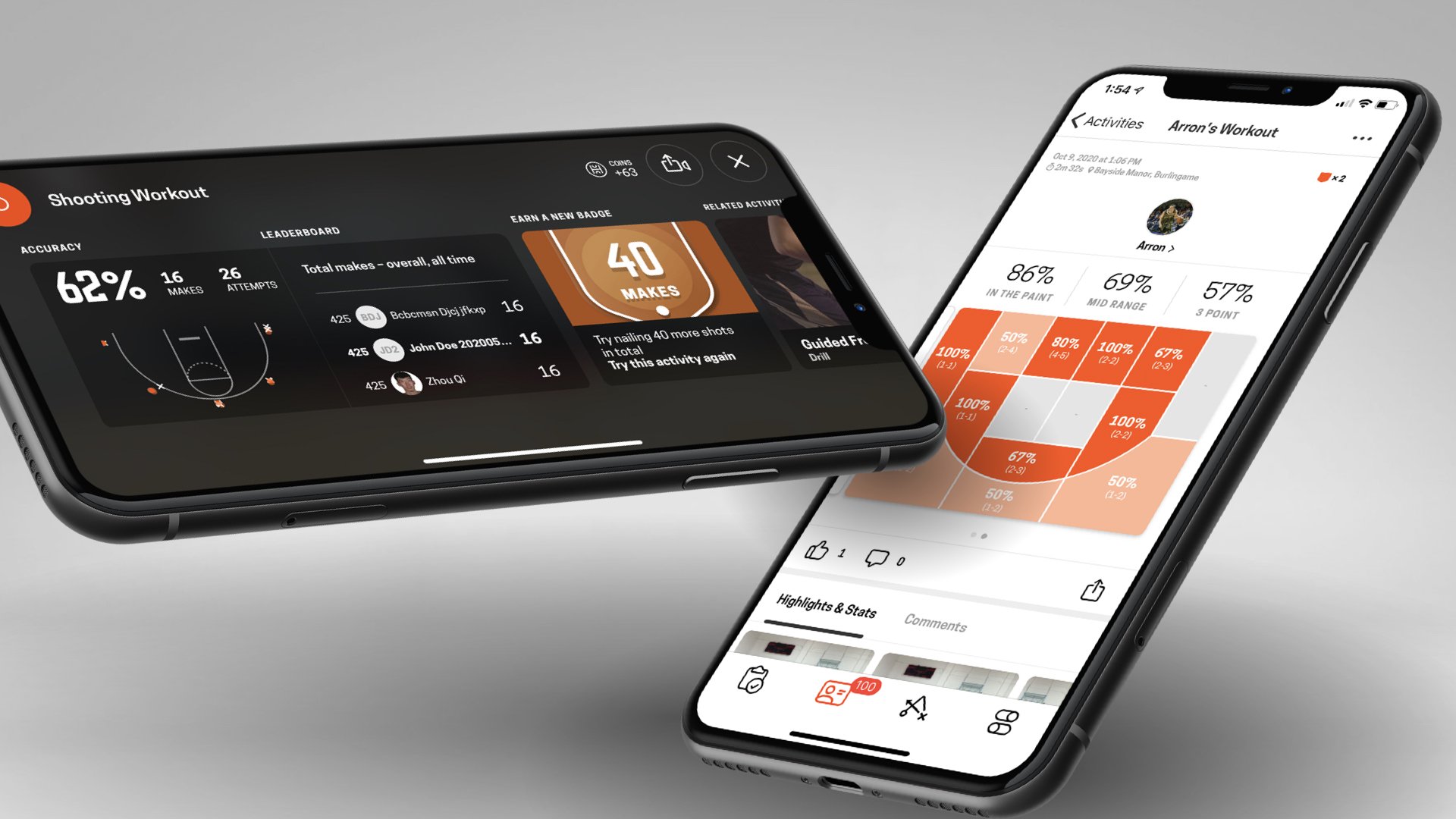Executive leadership that achieves award-winning results
As part of my role at Nex, I overlook the teams who are responsible for user experience, visual design and art of our software & games. I also lead the branding and industrial design initiatives with cross-functional partners, in addition to managing external partners.
In all creative facets and disciplines at Nex, the goal is simple and consistent—aim high for quality and creativity while efficiently meeting our business goals. To achieve this I’ve focused on process and team development.






We were great at moving rapidly to build features, but there were opportunities for things to improve further. We were lacking a consistently high degree of craftsmanship in our output. And we also lacked a strong method for establishing measurable goals that held the team accountable.
Our Process
Improving the design & development process to produce better output
The design team was scrambling to keep up with our demanding product development and engineering needs, and left with little room to produce polished output. Engineers were consistently struggling to keep up with our break-neck pace of feature development and bug fixes. Every stream of work, no matter big or small, would always be slotted into the same rigid time-boxed schedule, often prioritizing expediency for the sake of maintaining a steady release of features. Once a build was released, the engineering team had limited resources (and motivation) to polish features, even if they had been rushed to market.
Because we were in search of product market fit, the team moved rapidly onto the next set of features or bug fixes. To curb this, my solution was to collaborate with cross-functional peers in establishing a three-tiered framework for categorizing small, medium, and large work streams that could be spread across our two-week deployment schedule. This helped us better estimate the work streams and plan the roadmap to allow features the time they deserve and improve the quality of our output, aesthetically and functionally.
Helping the team adopt OKRs and develop bullet-proof goals and hypotheses
We decided there was a need to be more effective with our decision-making company wide. The team was on a treadmill of content development, but the work wasn’t making enough impact on our engagement and retention ambitions. Worse, the team wasn’t fully aware of how their efforts contributed to a longer-term goal, and weren’t held accountable to the outcome of those efforts.
As we approached a new year, which coincided with a company pivot, it felt like the proper moment to bring a fresh approach to our internal processes. It was common amongst the executive team for us to share books amongst each other. It helped us sharpen our business thinking and execution, and one of those books was Andy Grove’s High Output Management. Having worked at Google, I had already been exposed to the objectives and key results (OKRs) framework, but Andy’s book helped socialize the idea further amongst the Nex executive team.
We worked together to usher in the adoption of OKRs company-wide. One area that I was extremely focused on was helping the team establish an objective that is ambitious but also grounded with realistic key results. It’s a bit of an art to do this well, and the approach I proposed was influenced by Barry O’Reilly’s hypothesis-driven development framework. This framework was helpful to better understand product insights, and was just as useful for conducting results-driven experiments that enable the team to move forward with confidence.
It was crucial for the teams to understand that every aspect of the framework was important to consider thoroughly, even the time required to demonstrate the results. This was one of the more challenging aspects of our adoption—it’s human nature for us to want to continue the effort and invest more into it if it doesn’t meet the KRs. We had to learn to let go when the results weren’t meeting our goals.
Sample Framework for Hypothesis Development (Source)
Sample hypothesis
We believe that people will be happy to share their rare scotch with others. We will test this by interviewing 30 people outside a liquor store. We are right if more than 70% of people say they like the idea of ScotchFinder.
A reframed hypothesis that might yield more usable learning (typically after gathering some initial learning)
We believe that double-income no kids couples (DINKs) in high-power jobs need a great way to socially share Scotch. We will test this by interviewing 30 DINKs (and include a guess about where to find them We are right if we find a common Scotch-related problem shared by several (more than 6 or so) of them, which they are currently trying to solve.
Sample Experiment for Nex
Hypothesis for a fully-featured motion-based game
We believe that young professionals with an active lifestyle who are bored with their routine will want fresh new ways to be active on a regular basis
We’ll test this with video gameplay ads posted to social networks leading to an informational landing page
We’re right if 15% of viewers click to learn more about the game within 2 weeks of deployment
Team Development
In a startup environment, things move rapidly, and the demands that fall on the team often require everyone to move from one fire drill to another. Sometimes that leaves little room for team members to find ways (or time) to focus on self-development and professional growth. Simple things like casual group share-outs were at the top of list for quick fixes to this problem. One-on-ones with key members helped reveal additional opportunities for personal development which I addressed through in-depth mentorship on regular cadence. Where I couldn’t serve that role, I solicited services for those team members who signaled interest in help. For setting benchmarks of creative quality, it was also important to regularly share references of creative excellence with the team (and the broader company, too), and to conduct offsite events or trips (museums, libraries, team bonding activities, etc).




A smooth org restructure
The company went through a massive pivot where we shifted from a company who created self-development tools for athletes into a game company. This was a drastic change for many of the team members. Though they were eager, product designers and developers were required to learn entirely different tools, practices and processes for game development. We had to quickly adapt, and I’m most proud of how the team answered, sharing insights with everyone rapidly as we worked to ship our first cross-platform game-focused product in about 9 months.
Getting the team to respond so quickly was great, but I knew we still lots of gaps. I researched the industry to learn how teams were structured by talking to industry veterans and recruiters. For us to build a high-caliber company, we needed to build up the team with specialists where we were understaffed. Having these vets also helped our existing team to acquire learnings more rapidly. In 6 months, we doubled the size of the team, across our US and Hong Kong offices. We did all of this while maintaining a consistent level of production under demanding conditions, and creating work that went on to become a finalist for an Apple Design Award twice.
Impact
Apple Editors’ Choice Award
HomeCourt
Apple Design Award
Finalist for Social Impact:
Active Arcade 2022
US Patent:
US11819734B2
2✕
doubled the team size in approximately 6 months
Playground
Apple Design Award
Finalist for Innovation:
Active Arcade 2022
Apple Design Award Winner:
HomeCourt 2019














